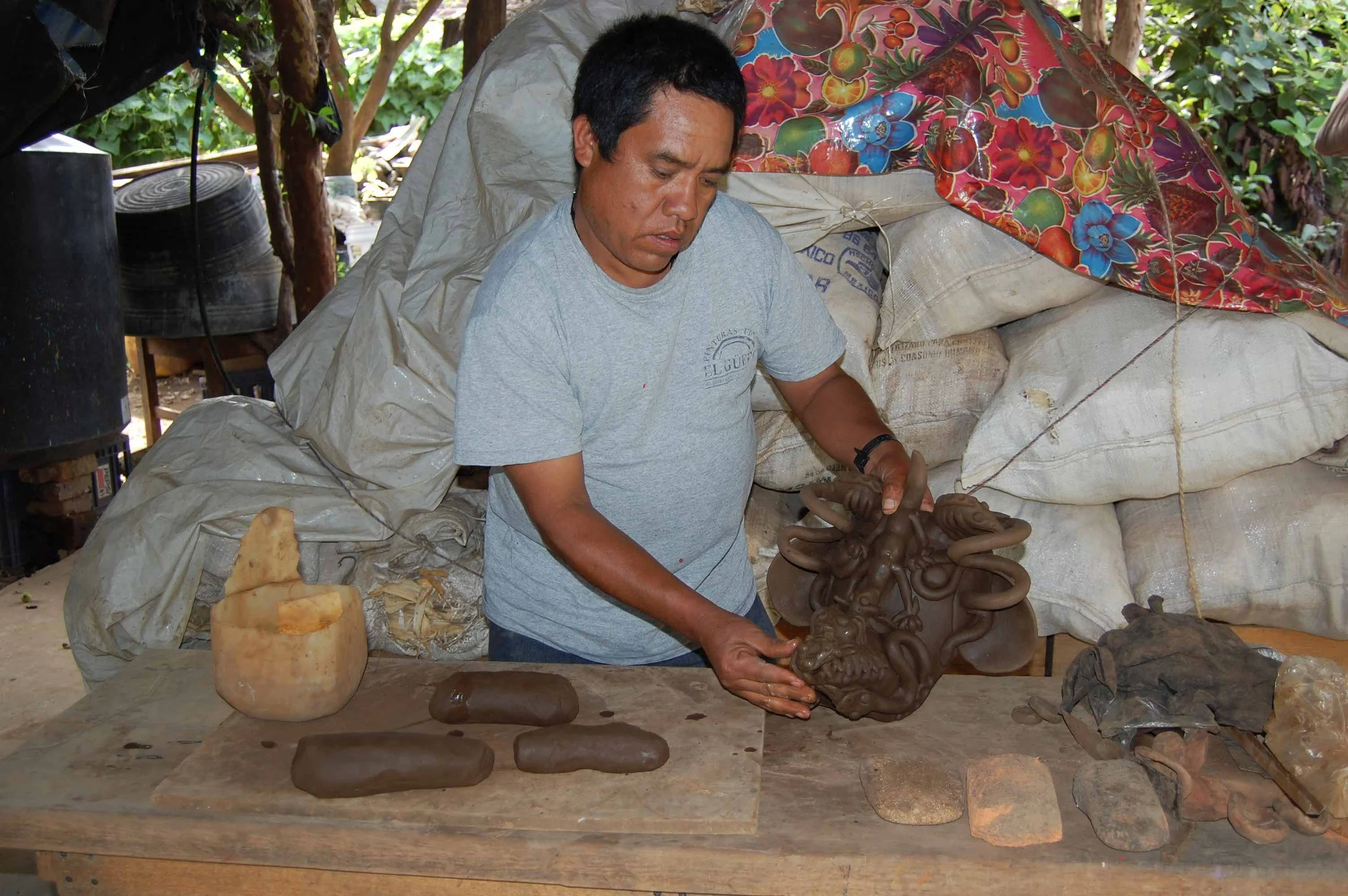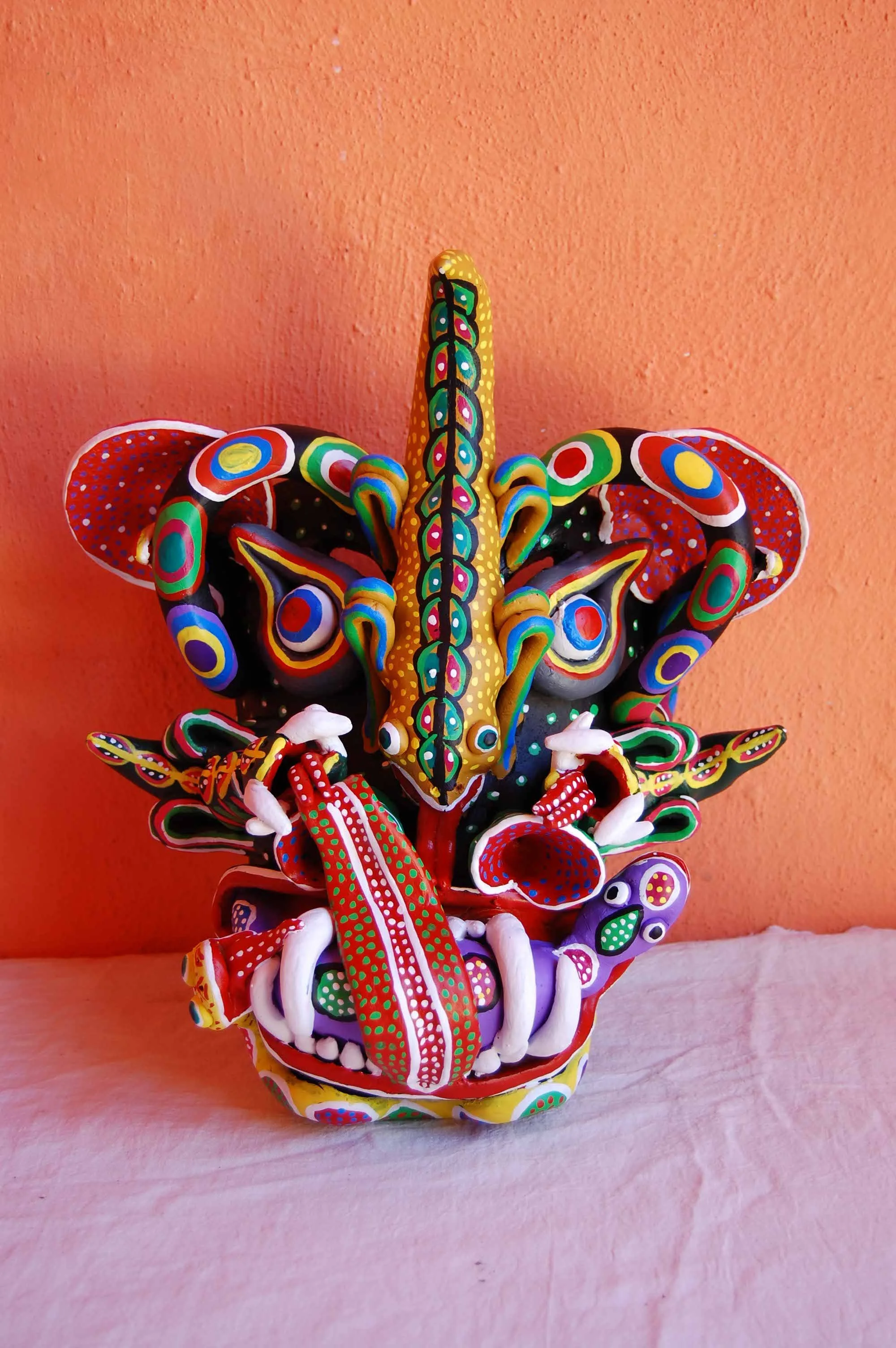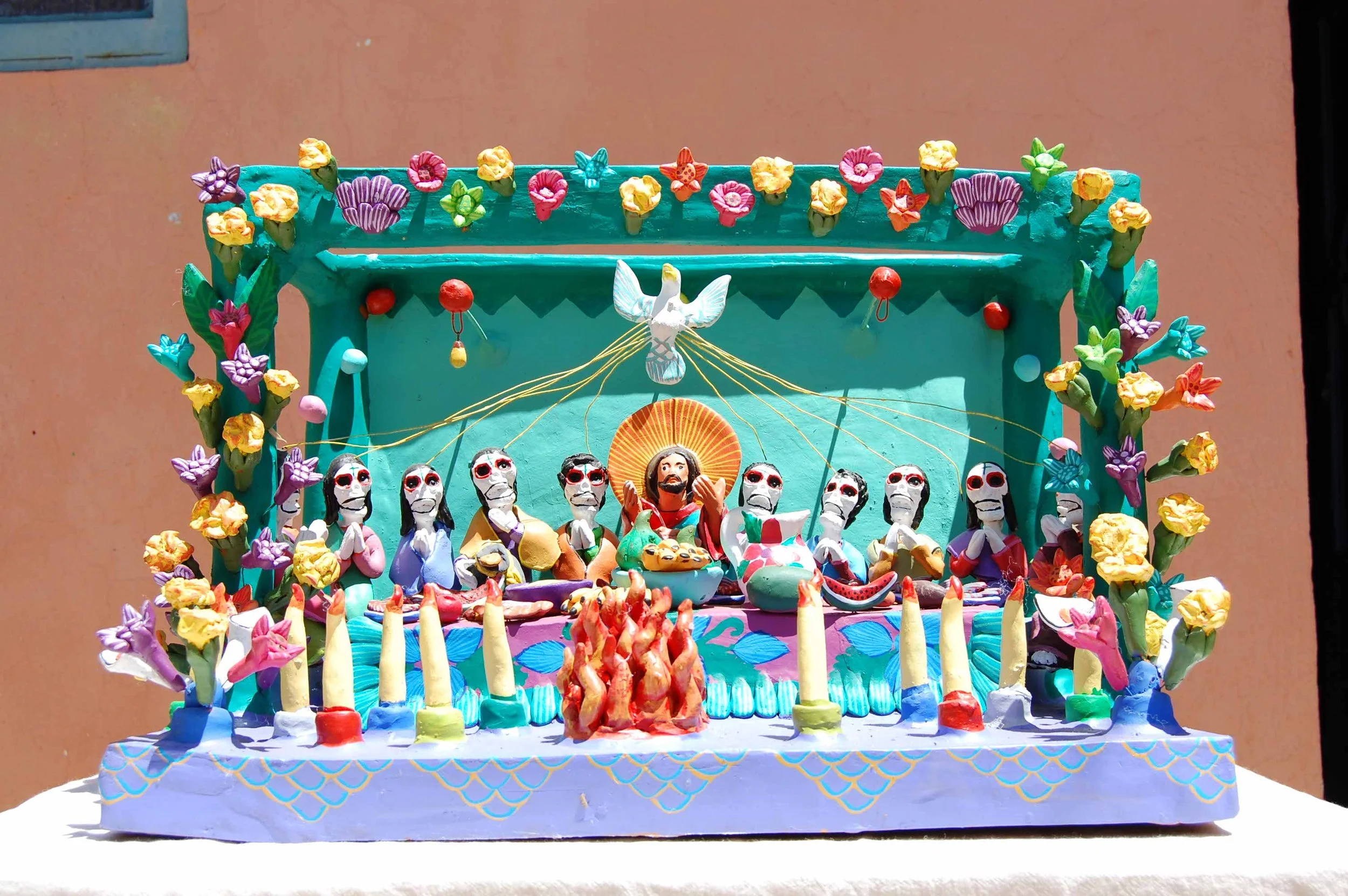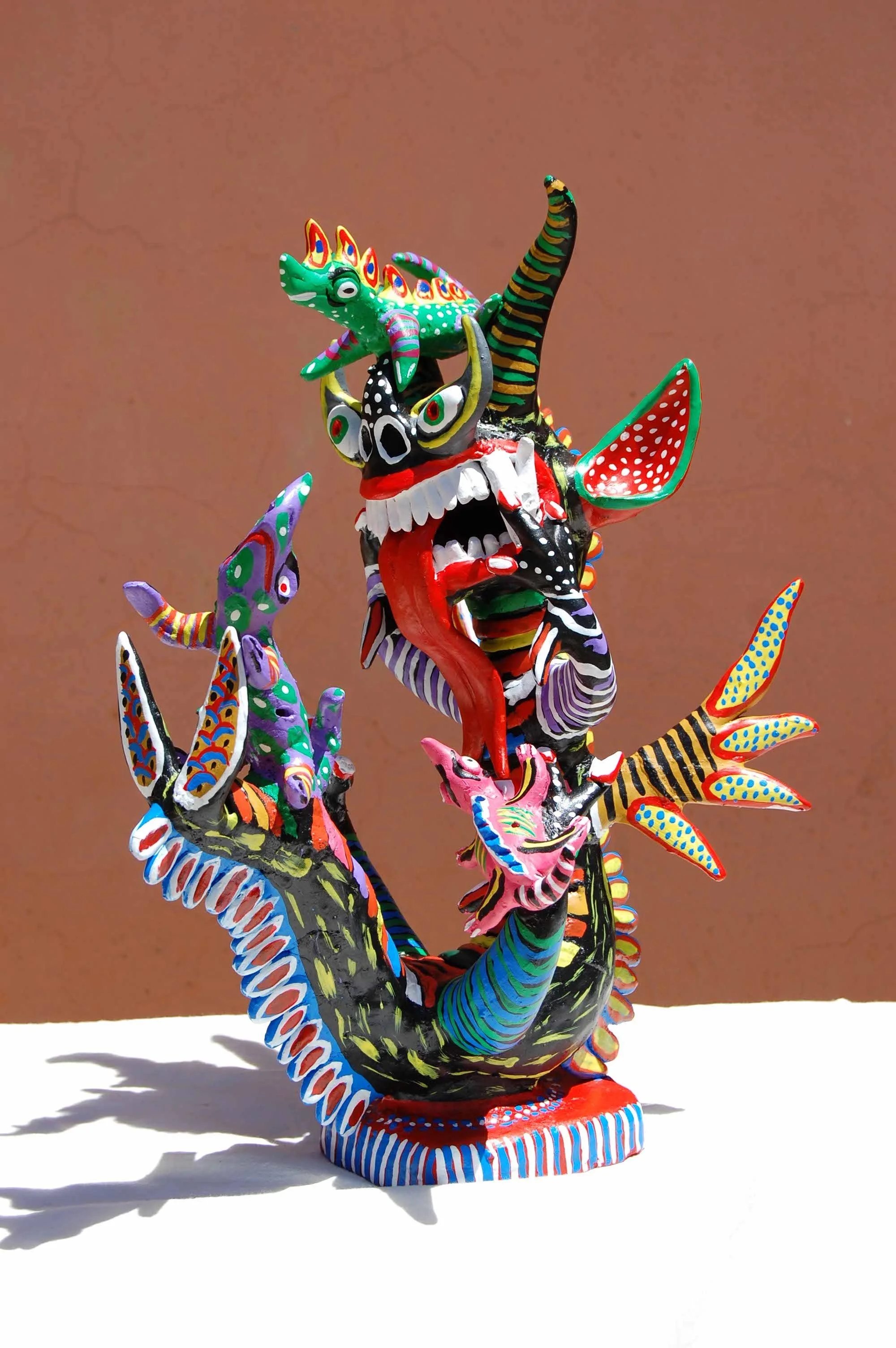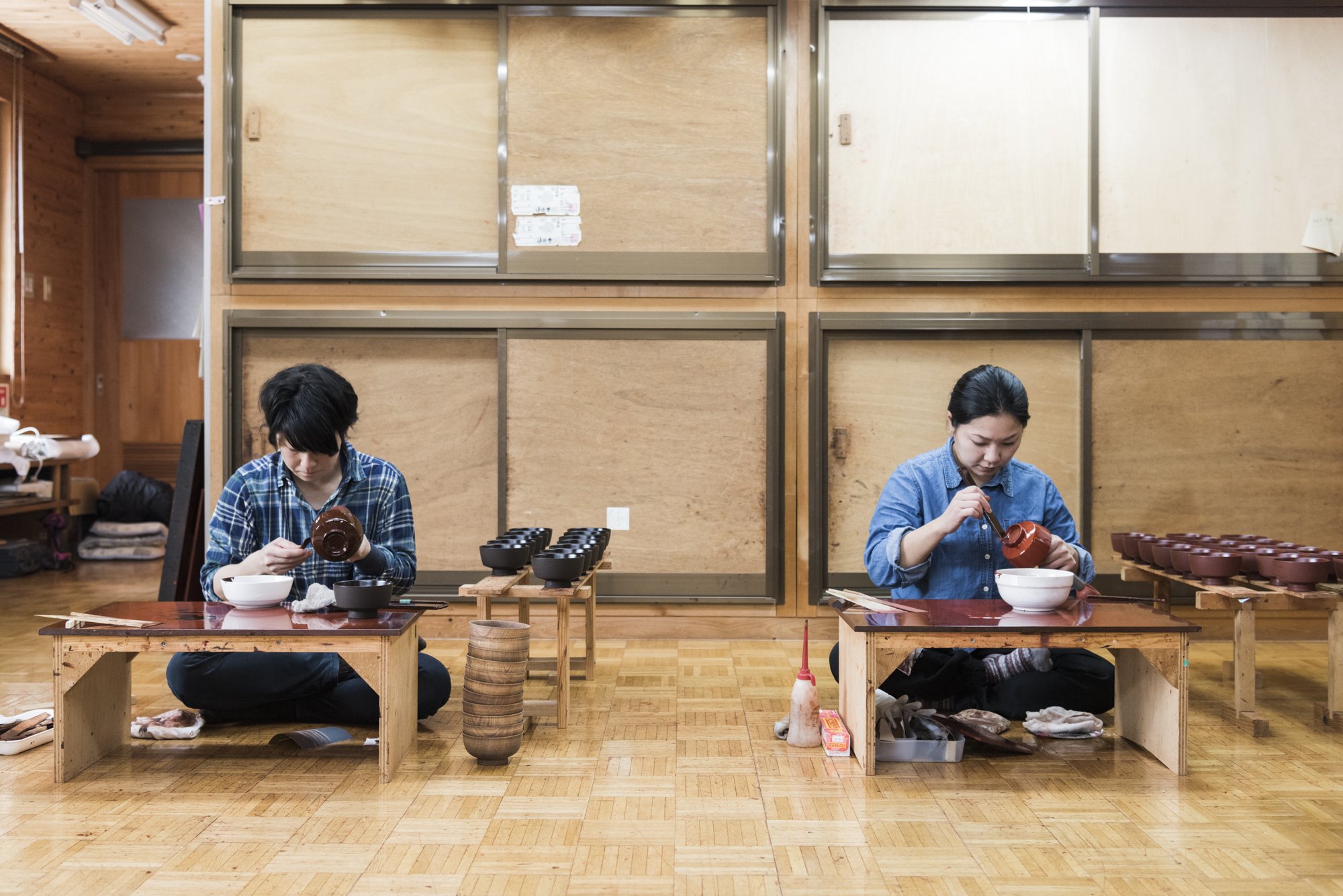Octavio Esteban Reyes
Religious Allegory As Humorous As It Is Beautiful
Octavio Esteban Reyes learned diablito, the “little devil” art of his native Ocumicho, Michoacan, from his family. The dragons, drunks, mermaids, gods, and demons frequently portrayed in the art form combine in a peculiar hybrid of scenes from ordinary life, native folklore, and religious allegory. Ocumicho diablitos are important to the region’s religious celebrations. Popular with collectors, well-conceived diablitos can provide a dependable income to traditional artists and Octavio stands out as one of the region’s best.
The traditional technique for making Ocumicho diablito art begins with clay, which is abundant in this area of Michoacan. The clay is shaped by hand into figurines, which are then painted with brushes made of human hair. Wooden masks are also common diablitos, and these are also carved and painted by hand. Diablitos are often somewhat shocking in their contents, sometimes as humorous as they are beautiful. The devils are used mainly in two holidays in the Ocumicho region, Christmas and Holy Week, where they appear in dances and as decoration.
Octavio, who began making diablitos at the age of 12, now runs a family workshop in his hometown. His diablitos are favorites locally and around Mexico and he has participated in craft shows across the country including in Tlaquepaque, Jalisco, and Mexico City.

